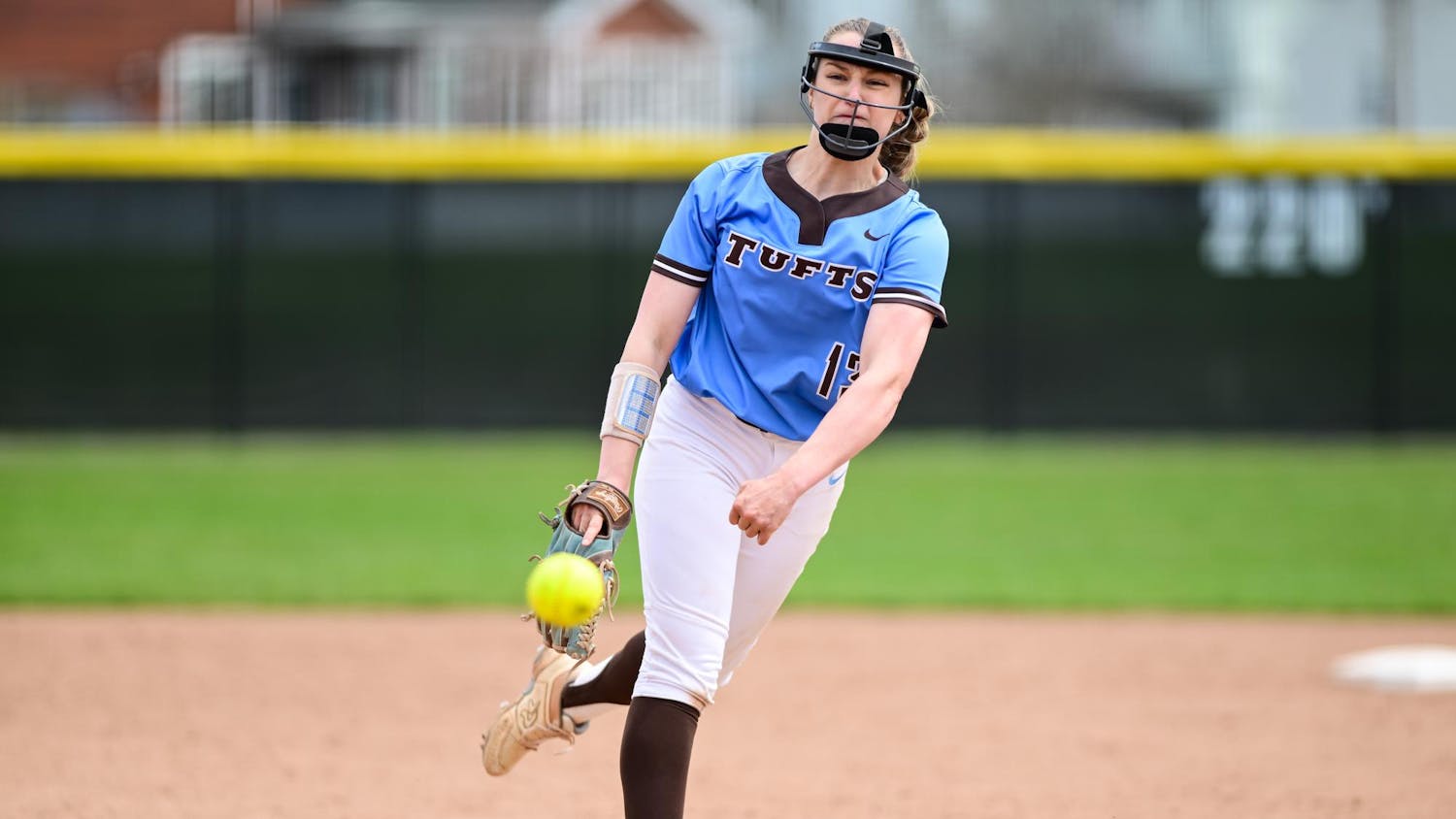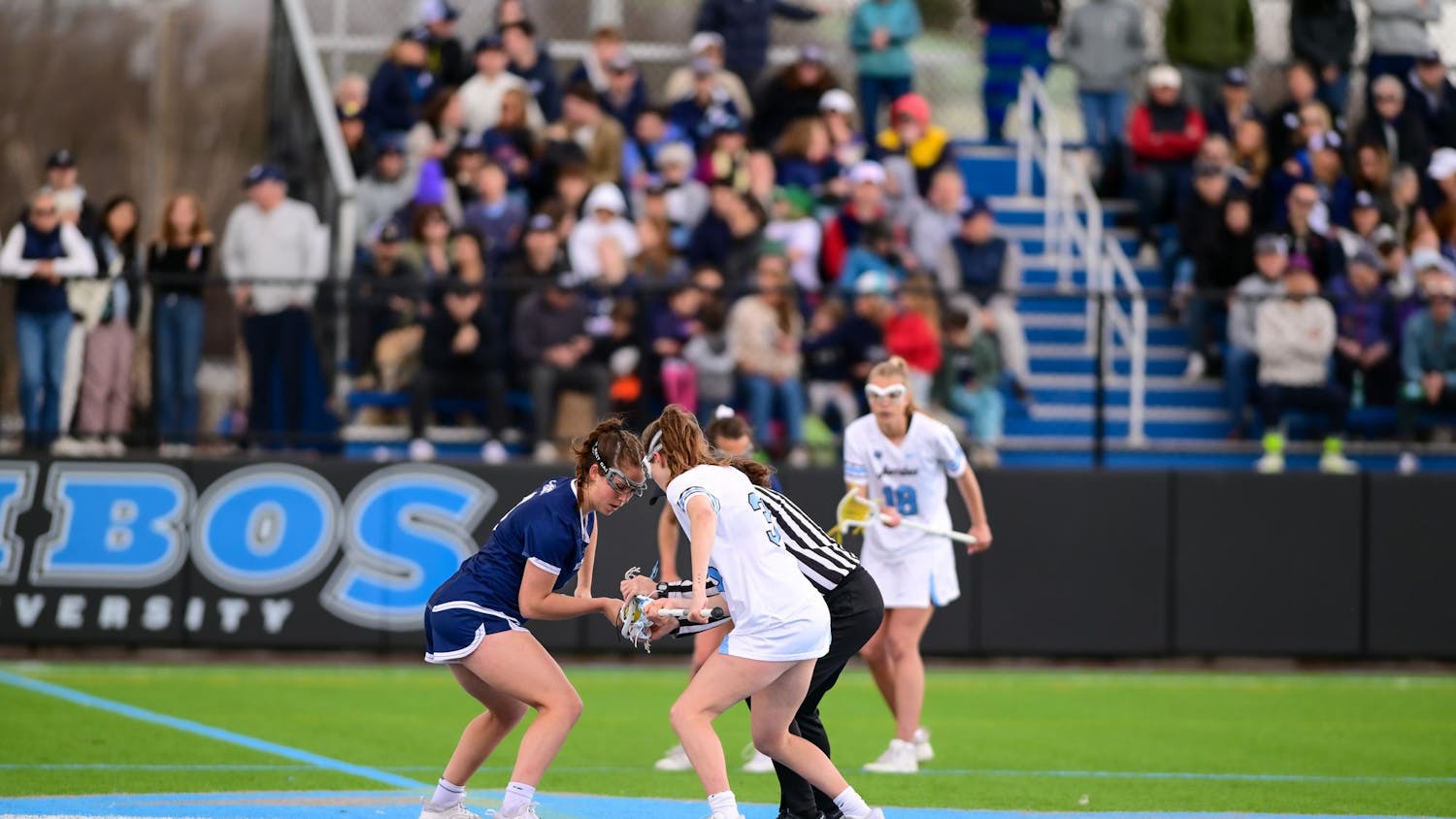As the divisional series of the Major League Baseball playoffs came to an end, sportswriters around the country found themselves following a simple narrative: The Goliath-like Angels, Tigers and Dodgers had been eliminated, while the David-like Royals, Orioles, Cardinals and Giants moved on.
But there's more to this story than just some dumb luck from plucky upstarts. While the postseason lends itself to unexpected outcomes, some teams are simply more likely to win playoff games. And with 162 games as a sample size, it's worth taking a look at what metrics might predict postseason success to explain how these small-market teams have done it.
In 2006, Nate Silver and Dayn Perry conducted an excellent study of this sort in “Baseball Between the Numbers”.Using a statistic called Playoff Success Points (PSP), Silver and Perry found that closer performance, pitcher strikeout rate (K%) and team defense had the greatest impacts on a team’s playoff success.
If we take these findings and look at this year’s playoff teams, we can better understand this year’s results, to an extent. The Royals and the Orioles were the best two teams defensively this year (61.1 and 54.8 Ultimate Zone Ratings, a number that quantifies how many runs were saved or given up through fielding, for the year, respectively), while the Cardinals were the third best NL team in UZR (after the Reds and Braves).
Additionally, Orioles' closer Zach Britton, Giants' closer Santiago Casilla and Royals' closer Greg Holland finished third, fifth and seventh respectively in Win Probability Added (WPA) among closers, and were the top three closers of any playing into October. The Athletics and Nationals saw the impact of a less than stellar closer in the playoffs this year, as both teams lost a game in extra innings after blowing ninth-inning leads.
However, the Royals, Orioles, Cardinals and Giants are not strikeout teams. The Royals and Orioles actually were the two worst playoff teams by far in terms of strikeout percentage, while the Dodgers, Angels and Nationals were the best playoff teams by this measure.
Why is the strikeout not as large of a factor in the postseason today as it was in Silver and Perry’s study? To be fair, these are five-game series, so there is plenty of randomness. Just pointing to randomness, however, probably is not the complete story. K% in recent years has increased dramatically, and strikeouts now happen more than 20 percent of the time, as opposed to 13 percent of the time 40 years ago and 17 percent of the time 10 years ago. Since the strikeout is more common now than in the past, perhaps the value of every additional strikeout has diminished.
Another potential reason for why the strikeout is not as valuable now is that the distance between teams’ ability to strike players out has narrowed. If the gap between the best and worst strikeout team has decreased, then maybe the characteristic difference between the best playoff strikeout teams and the worst is much smaller now. The strikeout, therefore, may have less pronounced of an impact on winning in the postseason. We can measure such potential changes in the distribution of strikeout talent in terms of variance of team strikeout rates.
2003 and 2001 had the highest variance in team K% (0.054 percent and 0.048 percent) in the sample Silver and Perry used. In 2003, the Cubs, Marlins, Yankees and Red Sox were the top four playoff teams in terms of strikeout rate, and were the four teams to make the championship series. They beat the Athletics, Giants, Twins and Braves, who had much lower strikeout rates. In 2001, the Diamondbacks, Yankees, Braves and Mariners played in the championship series, while the Astros, Indians, Athletics and Cardinals lost in the first round. It may seem surprising that the Mariners advanced with the lowest strikeout rate of those playoff teams, but the 2001 Mariners had the highest regular season winning percentage of any team since 1954 (0.716). They were so stacked everywhere else that they were able to overcome a small K% to beat the Indians three games to two and subsequently get pummeled by the Yankees four games to one, despite having 21 more regular season wins.
On the other side of the spectrum, 1977 and 1991 had the lowest strikeout percentage variance (0.012 percent and 0.015 percent respectively). The playoff format was different in 1977 and 1991 from today, as only four teams made the playoffs. In 1977, the Yankees (12.5 percent) won the World Series over the Dodgers (15.2 percent), while the Phillies (14 percent) and Royals (13.9 percent) lost in the pennant round. In 1991, the Twins (14.4 percent) won the World Series over the Braves (16 percent), while the Blue Jays (15.8 percent) and Pirates (15.2 percent) lost.
This year the variance of K% across the league was 0.028 percent. In years where the gap between the best and worst K% teams is narrower, K% just does not matter as much in the playoffs. It is likely that other factors with a larger variance across the league impact the game more in the playoffs in those years. Middle relief production tends to be highly variant today. As the Royals won three consecutive extra-inning games and the Orioles came back in two of their three games against the Tigers in the eighth inning, maybe dominant middle relief is the newest indicator of future success for playoff teams.
Yogi Berra once said, "You can observe a lot just by watching." Although the common observation from just watching this postseason might be that the most successful teams in the regular season are not necessarily the most successful ones in the playoffs, the reality is that the game may be changing and past signals to playoff success (K%) may now just be noise. Time will tell if this remains true, but the strikeout may no longer be king.
More from The Tufts Daily





